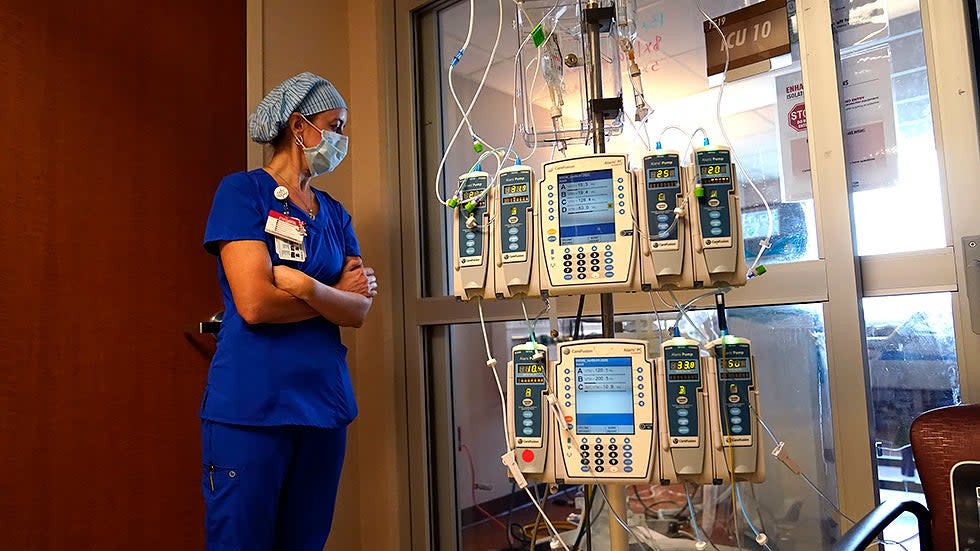Majority of breakthrough COVID-19 hospitalizations involve seniors: analysis

Most fully vaccinated patients hospitalized and diagnosed COVID-19 between June and September were seniors, according to a Kaiser Family Foundation (KFF) analysis released Wednesday.
Almost 70 percent of fully vaccinated patients admitted to hospitals with confirmed COVID-19 were aged 65 and older, making up a "disproportionately large share" of breakthrough hospitalizations.
Ten percent of breakthrough hospitalizations occurred among those younger than 50, and one-fifth occurred among those aged 50 to 64.
But unvaccinated COVID-19 hospital patients skewed younger, with 41 percent of cases involving patients younger than 50 and 30 percent involving those aged 50 to 64.
Seniors who experienced breakthrough cases also appeared to have shorter hospital stays on average. The median stay for fully vaccinated patients was 5.6 days, compared to 6.7 days for those who were unvaccinated.
A larger portion of fully vaccinated hospital patients had a comorbidity than unvaccinated COVID-19 patients. But less breakthrough patients had COVID-related respiratory complications or treatments, indicating they may have been admitted for "unrelated reasons."
"If this is the case, it would mean that the gap in risk of COVID-19 hospitalization between vaccinated and unvaccinated people is even greater than previously known," KFF noted.
Overall, 85 percent of all COVID-19 hospitalizations in the four-month period occurred among unvaccinated individuals, despite 44 percent of the U.S. population remaining unvaccinated by the end of September.
At the time, 83 percent of the elderly population were considered fully vaccinated, making up a quarter of fully vaccinated Americans - a figure that is much less than the 69 percent of fully vaccinated hospitalized patients.
The analysis, encompassing more than 120,000 hospitalizations with a COVID-19 diagnosis, defined fully vaccinated as those who received two mRNA doses or one Johnson & Johnson dose at least two weeks prior. Others, including partially vaccinated individuals, were categorized as unvaccinated.
The U.S. made boosters available to seniors and other vulnerable populations, out of concern that the vaccines' immunity was waning. These populations were prioritized for the initial vaccination because they're considered at high risk of severe COVID-19 cases.
Studies have since shown booster doses provide additional protection against the virus.

